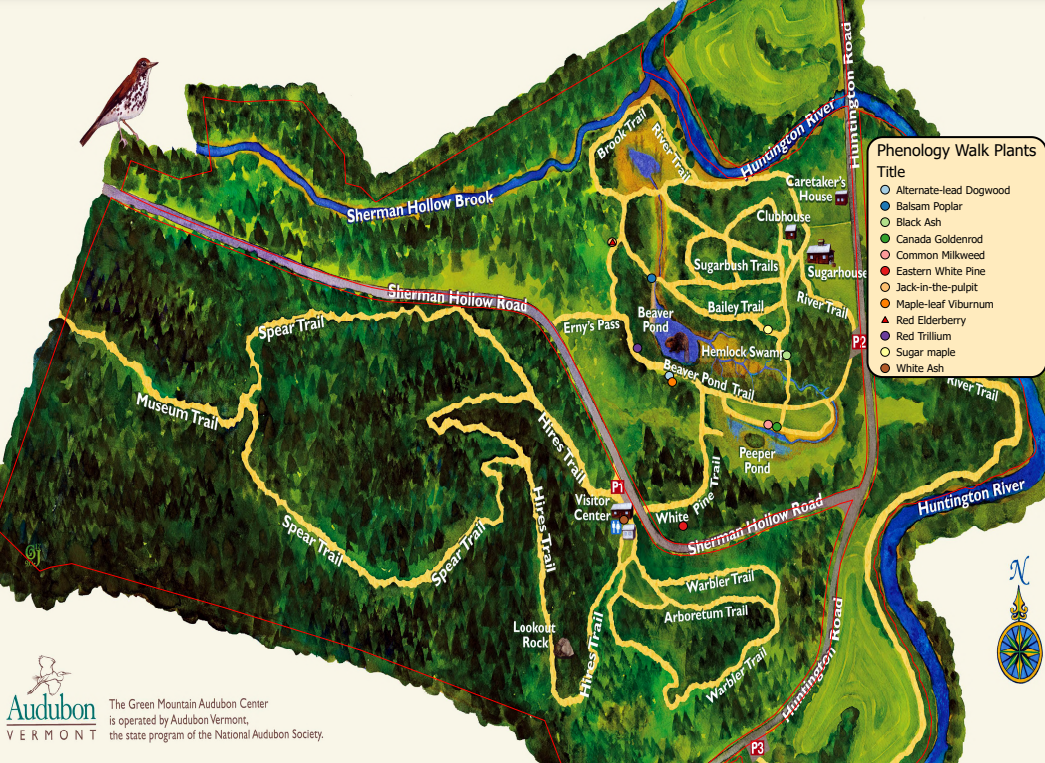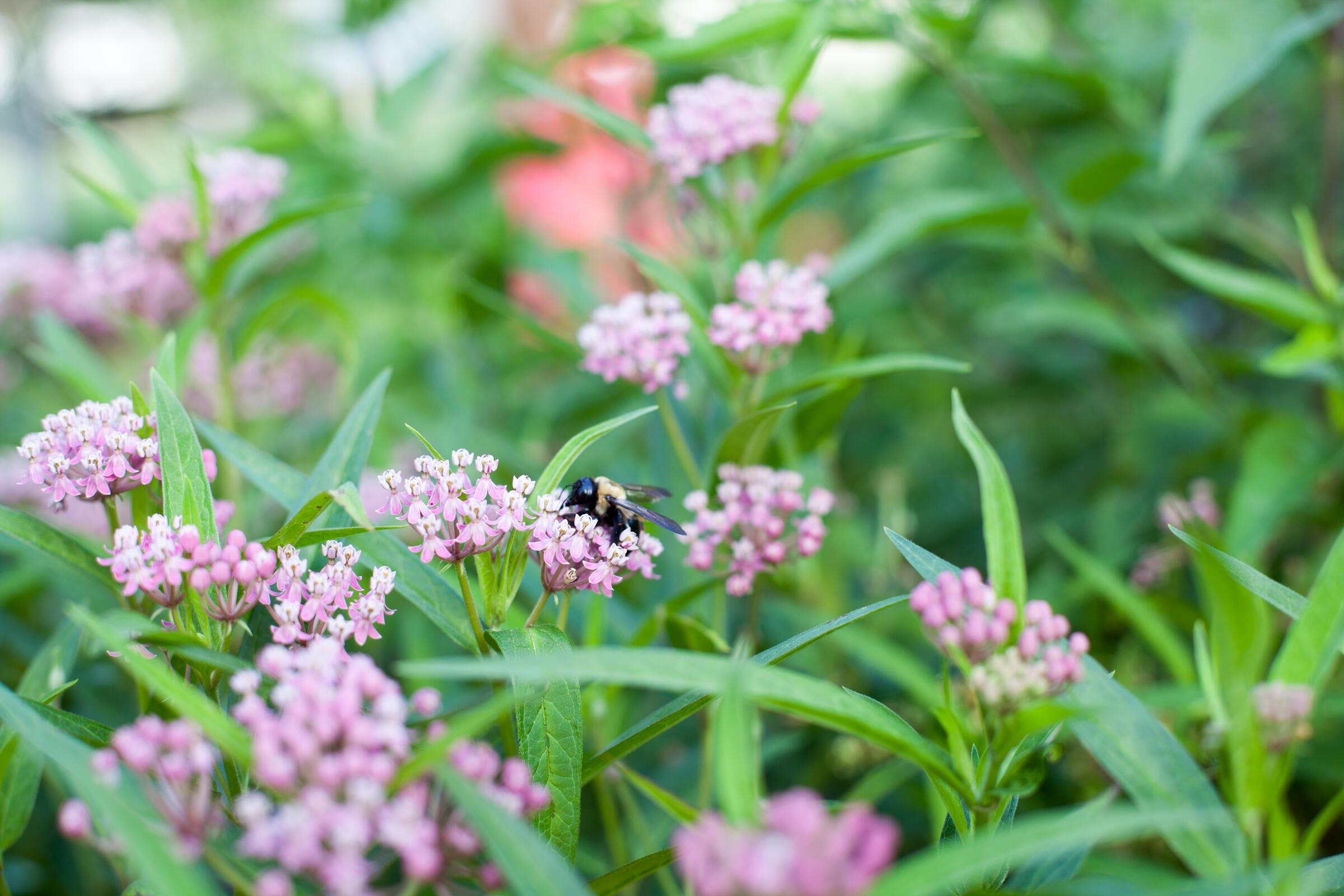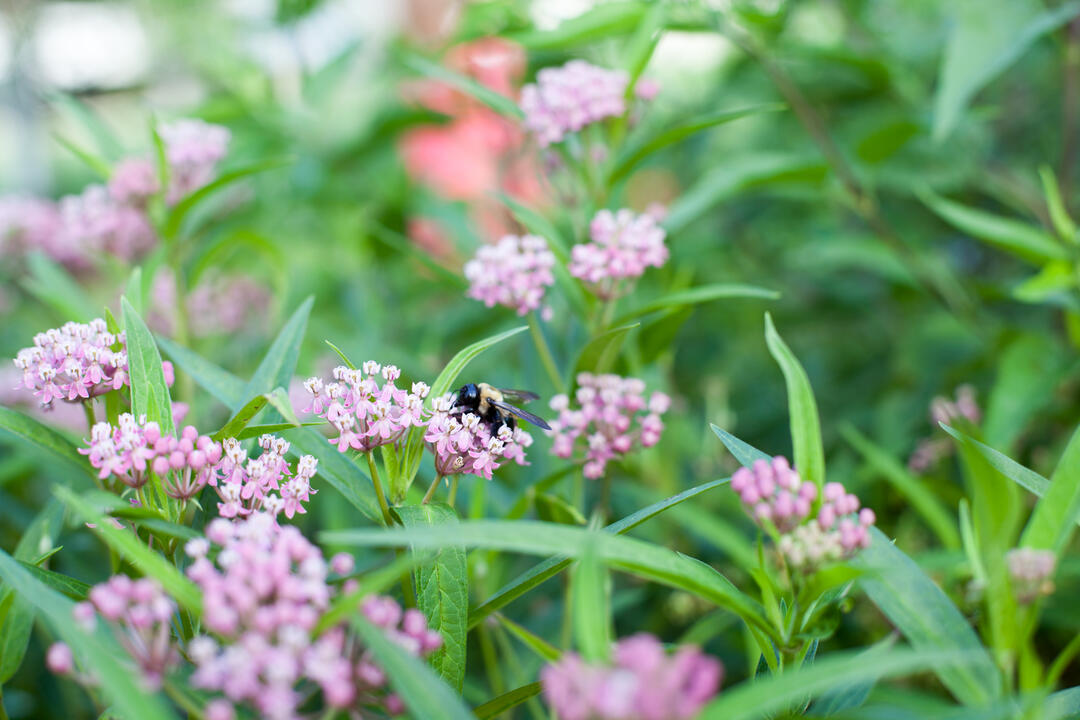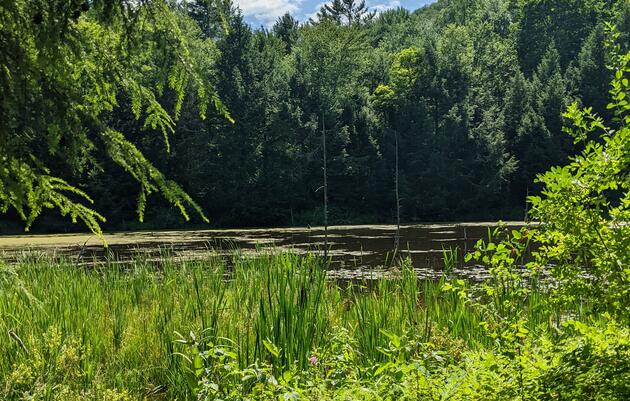Monitoring Phenology at the Green Mountain Audubon Center
What is Phenology?
Phenology is the study of the timing of seasonal changes and life cycle events of plants and animals. Examples of phenology include leaves turning color, a flower going to seed, animal migration, metamorphosis monarch caterpillars, and so much more! Each individual life stage (budding, leafing, flowering, etc.) is called a "phenophase". Essentially, phenology is nature's calendar and we all observe phenological changes around us whether we recognize it or not.
Why Are We Studying Phenology?
All kinds of organisms rely on predictable seasonal change from animal migrations to seasonal allergies. The abundance and diversity of organisms, agriculture, recreation, conservation efforts, and health are dependent upon cyclical events. In Vermont, farmers depend on the preditable changes of the season to have a successful crop - early frost, flooding, and drought events can ruin livelihoods.
We hope gathering phenological data on native plant species at the Green Mountain Audubon Center will allow us to understand the impact of climate change at a local, state, national, and global level so that we can plan accordinngly. The data collected is used by scientists and resource managers to measure how the changing climate is affecting life cycle events in real time, learn more about the natural world, and understand whether or not the we (humans and the natural world) can adapt to these changes.
What Plants Are Being Monitored and Why?
We chose the following twelve native plant species because they have ecological, cultural, and/or economical importance in Vermont. Many of the plants chosen are also "plants for birds", meaning these plants support birds by providing nutrituous food and safe shelter. We're also monitoring indicator species for different habitat types that tell us the health of that ecosystem. Feel free to reach out if you have plant or animal suggestions that aren't on this list.
-
Common Milkweed, Asclepias syriaca
- Sugar Maple, Acer saccharum
- Jack in the Pulpit, Arisaema triphyllum
- Balsam Poplar, Populus balsamifera
- Alternate-leaf Dogwood, Cornus alternifolia
- Red Elderberry, Sambucus racemosa
- Canada Goldenrod, Solidago canadensis
- Maple-leaf Viburnum, Viburnum acerifolium
- Red Trillium. Trillium erectum
- White Ash, Fraxinus americana
- Black Ash, Fraxinus nigra
- Eastern White Pine, Pinus Strobus
How to Get Started:
- Join Nature's Notebook either online or via the mobile app using your name and email address. Nature’s Notebook is a program appropriate for scientists and non-scientists alike, engaging observers across the nation to collect phenology observations on both plants and animals. No previous experience is necessary to sign up!
- Set up your account. This is when you will look up our project so that you can submit observations - look for "GMAC Phenology Walk" in the list of "sites".
- Familiarize yourself with our observation guidelines and standardized phenology protocols. This is where you can learn about how to observe species and definitions for different life cycle stages.
- Look over the Green Mountain Audubon Center species and their locations.

- Email David Hewitt, david.hewitt@audubon.org, about signing up to monitor at the Green Mountain Audubon Center.
Time Commitment
-
Become an observer: About 10 minutes.
-
Observe: About 2 minutes per individual plant or animal.
-
For assistance with getting started visit our Learn How to Observe page where you will find step-by-step instructions and video tutorials to help you through the process.
-
-
Walk: About 30 minutes in total on mostly flat terrain (other than the steep hill on the White Pine Trail).
More Resources:
Related
News
New Phenology Monitoring Walk at Green Mountain Audubon Center!
Observe and track phenology while enjoying our beautiful trails.
Get Involved
Community Science
Ways for the community to get involved with science and monitoring in Vermont
How you can help, right now
Donate to Audubon
Help secure a future for birds at risk from climate change, habitat loss and other threats. Your support will power our science, education, advocacy and on-the-ground conservation efforts.
Visit Audubon
It's always a good time to visit the Audubon Center. Trails are open to the public year-round. Visit us daily from dawn until dusk! Donations are appreciated.
Events
Adults, preschoolers, foresters, photographers, sugarmakers and families will all find opportunities to connect with nature.









